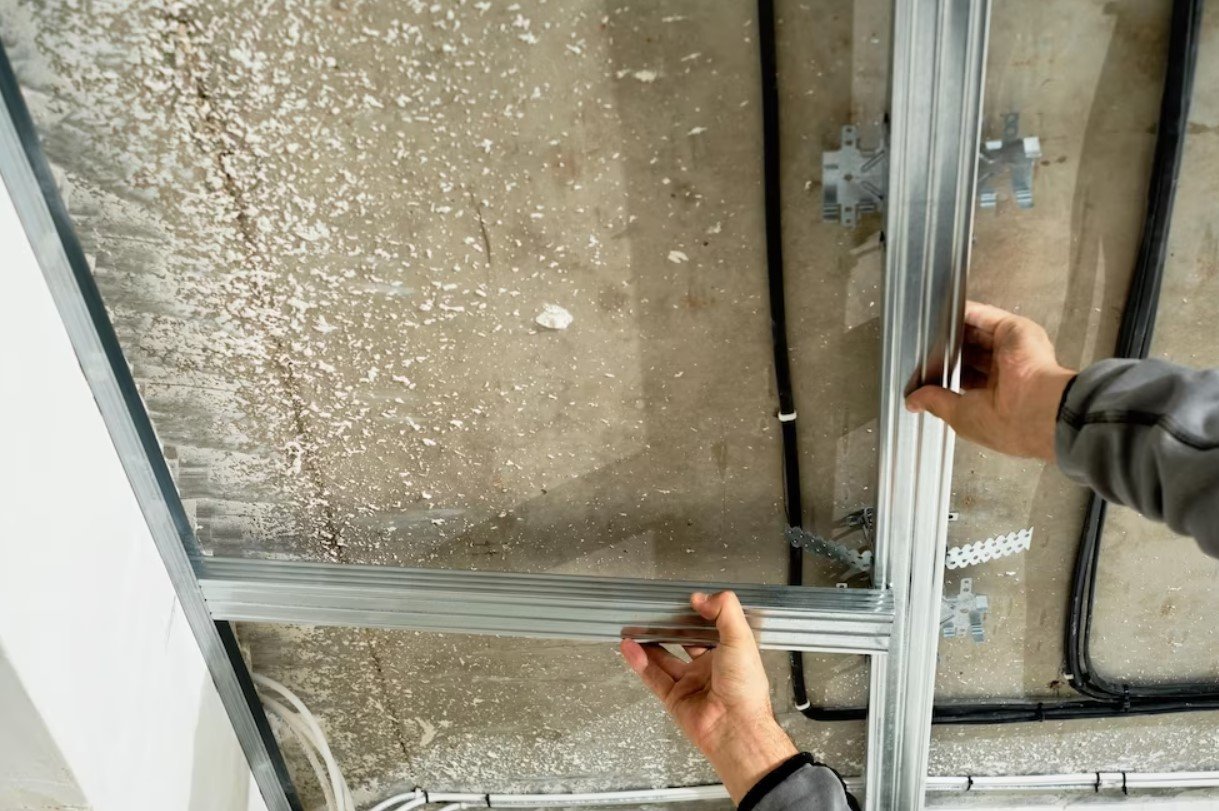In the dynamic landscape of industrial insulation, engineers and professionals seek solutions that not only provide exceptional thermal performance but also ensure longevity and durability to withstand the test of time. Among various insulation materials available, Polyisocyanurate (PIR) insulation has emerged as a reliable and proven choice for industrial applications. This article explores how PIR insulation stands the test of time, focusing on its durability and longevity and why it continues to be a favored option for industrial use.
1. Resilience to Environmental Factors
PIR insulation excels in its ability to endure harsh environmental conditions commonly found in industrial settings. Whether exposed to extreme temperatures, moisture, or chemical exposure, PIR insulation retains its thermal performance and structural integrity over the years. Its closed-cell structure and hydrophobic properties make it highly resistant to moisture ingress, preventing mold growth and moisture-related deterioration. Moreover, PIR insulation exhibits excellent fire performance, making it a safe choice for critical industrial applications.
2. Low Thermal Conductivity, High Energy Efficiency
One of the key reasons behind PIR insulation’s enduring popularity is its exceptional thermal efficiency. With a low thermal conductivity value, PIR insulation effectively minimizes heat transfer, thereby reducing energy consumption in industrial processes. As a result, facilities equipped with PIR insulation can maintain stable and controlled environments while cutting down on operational costs. Its long-term energy-saving benefits add significant value to industrial operations, making it a sound investment in the long run.
3. Structural Stability and Load-Bearing Capacity
PIR insulation boasts remarkable structural stability and load-bearing capacity, making it an ideal choice for applications requiring support and load distribution. This unique characteristic ensures that the insulation maintains its integrity over time, resisting compression and settling that could compromise its thermal performance. This aspect is particularly valuable in industrial settings where equipment, machinery, or heavy loads may exert pressure on the insulation.
4. Minimal Maintenance Requirements
Industrial facilities often prioritize materials that demand minimal maintenance efforts to reduce downtime and operational disruptions. PIR insulation fits the bill perfectly, as its durability translates into a longer service life with negligible maintenance requirements. Unlike some other insulation materials that might degrade or settle with time, PIR insulation remains intact, reducing the need for regular inspections or repairs.
5. Sustainable and Environmentally Friendly
Sustainability has become a top priority for industries worldwide. PIR insulation aligns with these goals as it is a highly eco-friendly solution. The insulation’s longevity reduces waste generation since replacements are less frequent compared to other materials. Additionally, PIR insulation is free from harmful substances like CFCs and HCFCs, contributing to a greener and healthier environment.
Conclusion
Polyisocyanurate (PIR) insulation has earned its reputation as a time-tested and reliable choice for industrial applications. Its remarkable durability and longevity, coupled with excellent thermal performance, make it a preferred insulation solution for numerous industrial settings. From factories and warehouses to processing plants and distribution centers, PIR insulation continues to stand the test of time, providing cost-effectiveness, energy efficiency, and peace of mind to engineers and facility managers. Embracing PIR insulation in industrial projects not only enhances thermal comfort and operational efficiency but also reinforces the commitment towards sustainable and eco-conscious practices. Contact Thermasafe for for getting more information about insulation.
For more blogs – https://recifest.com/



